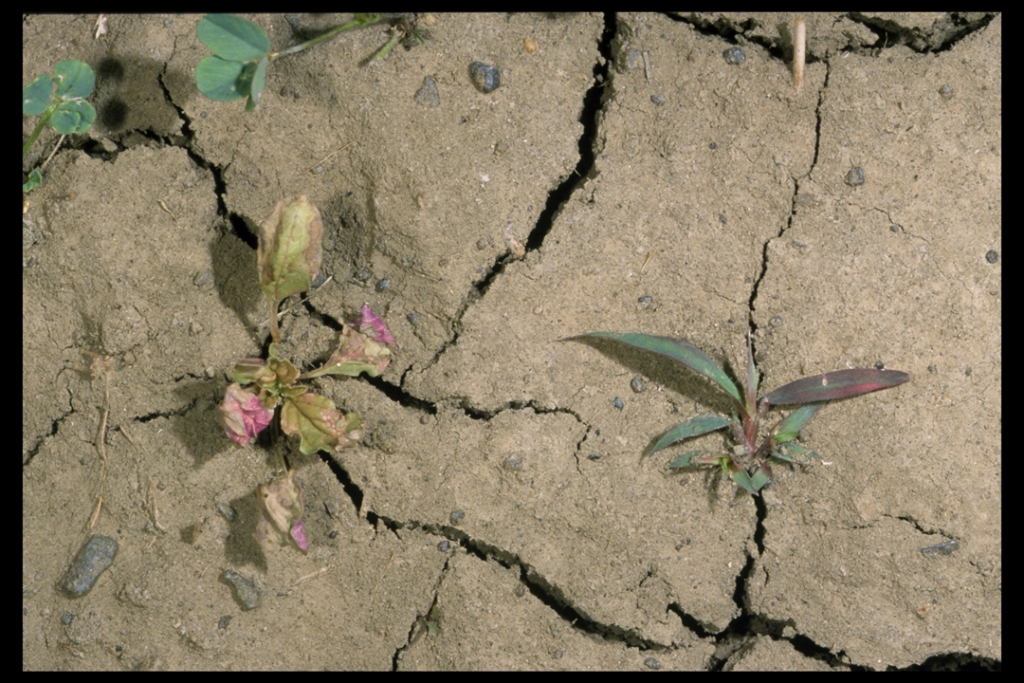Adapted from the article “Tools for Weed Management Decisions in Orchard Crops” by Brad Hanson, UC Extension Weed Specialist, Davis in the February 2012 Sacramento Valley Walnut News.
Weed control issues and management tools sometimes seem like a constantly moving target. Weed species shift as orchards age, new species sometimes appear, and herbicide resistant species have occurred in some cases. Similarly, herbicide options can vary significantly among crops and occasionally vary year-to-year as new herbicides are registered or old material are no longer supported by the manufacturer or allowed for use in certain crops. Fortunately, a few tools are available to help California crop producers make informed weed control decisions.
Weed Identification
First, to make an informed weed control decision, it is important to understand what weed species you are trying to control. One easy (and free) online resource for identifying weeds is available at the University of California Weed Research and Information Center. From the main page, click “Weed ID Tool” on the right side of the screen. First, identify if you have a broadleaf or a grass-like weed. Next, you are brought to a series of pull-down menus to narrow down a list of common weeds based on physical characteristics. If you don’t have a plant part, or if you don’t understand the botanical term, skip that characteristic. Finally, click “search database” to look at the narrowed down list of plants remaining in the database.

Weeds.
Herbicide Susceptibility
Now that you’ve identified the weed(s) you are trying to control, what herbicides have activity on that species? Back at the Weed Research Center homepage is a “Susceptibility Chart”. Here you can get weed control information in several ways such as looking up weeds that are controlled by a specific herbicide, finding herbicides with activity on specific broadleaf or grass weeds, or by linking to UC IPM Pest Management Guidelines for your crop of interest.
Current Registrations
Finally, you’ve identified your weed and you know what herbicides should be effective; however, you still must make sure that that the herbicide is registered for use in your crop. The California Tree and Vine Herbicide Registration table is a good resource for this. Before making any applications, always verify the most current herbicide label as registrations do change. This recent version of the T&V Registration table includes information on herbicide site-of-action groups that may be useful in planning herbicide rotation for resistance management.


Leave a Reply